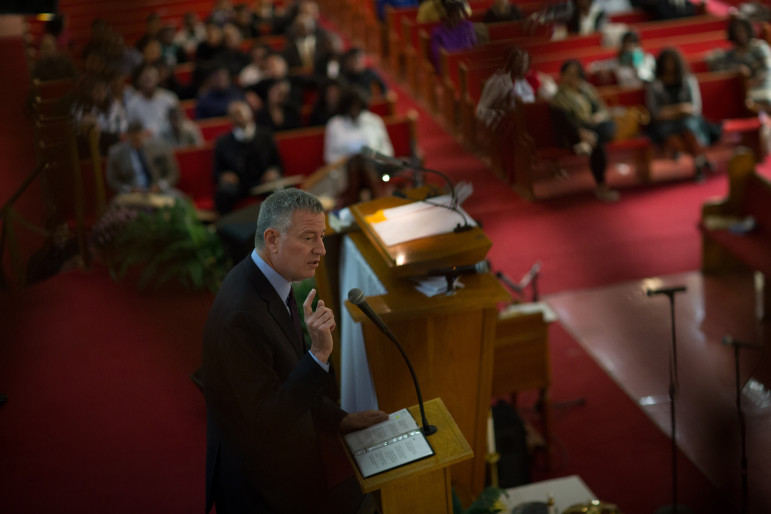
Michael Appleton/Mayoral Photography Office
Mayor de Blasio speaks at Calvary Baptist Church in Queens on Sunday. His housing plan is faced with a challenge common to such initiatives: Should the city aim to generate more apartments, or emphasize creating units that affordable to poorer people?
The de Blasio administration has repeatedly assured the public that mandatory inclusionary housing—the recent addition to the zoning code that requires affordable housing in new developments after a neighborhood is rezoned—will establish a minimum, not a threshold, of affordability.
“We will use our subsidies to drive the rents down to even lower income levels,” said Vicki Been, commissioner of the Department of Housing, Preservation and Development (HPD), on the Brian Lehrer Show in December. “For example, in our discussions with East New York, we’ve agreed that the first buildings that are built will have affordability down to 30 percent AMI.”
In East New York and other rezoning neighborhoods, the city plans to use the Extremely Low Income and Low Income Affordability program (ELLA) to reach families in the lowest income brackets.
Many questions have surfaced about ELLA in the past few months: How does it work? How much of it is there? And just how deep is the affordability it produces?
Better than Bloomberg’s
ELLA’s name comes from two designations in federal housing policy: “extremely low income” and “low income,” which refer to households making below 30 percent AMI ($23,350 for a family of three) and below 80 percent AMI ($62,150 for a family of three), respectively.
The ELLA subsidy consists of a 30-year low-interest loan, with the size of the loan generally up to $65,000 per unit for publicly owned sites and up to $75,000 per unit for privately owned sites. ELLA is usually coupled with tax credits, loans from the city’s Housing Development Corporation, market-rate loans and other subsidies. Getting an ELLA loan allows a developer to take out a smaller market-rate loan, thereby reducing annual debt service payments.
In exchange, developers must choose from two options:
1) Dedicate 30 percent of units to homeless families by obtaining a non-HPD subsidy (for instance, a Supportive Housing contract from the New York State Office of Mental Health, which pays developers for a portion of tenant’s rent and social services). Up to 20 percent of the other units must affordable to families making up to 90 percent AMI, with rents on the balance of units capped so households at or under 60 percent AMI can afford them.
2) Dedicate at least 10 percent of units to families making up to 30 percent AMI, 15 percent to families making up to 40 percent AMI, 15 percent to families making up to 50 percent AMI, 40 to 60 percent to families making up to 60 percent AMI, and up to 20 percent to families making up to 90 percent AMI, with the rents capped to be affordable to such families.
The program is de Blasio’s revamped version of the Bloomberg-era Low Income Rental Program (LIRP). While LIRP required participating developers to dedicate 20 percent of units to families making below 40 percent AMI, ELLA doubles the number of units targeting families with very low incomes, with a minimum of 40 percent of units for families making below 50 percent AMI. Those requirements can be adjusted for each project: HPD’s commitment for public sites in East New York pushes further, requiring developers to set aside 45 to 50 percent of units for families making below 50 percent AMI.
A thousand units yearly
As advocates in rezoning neighborhoods fight for deeply affordable housing, they are pleading for a portion of the ELLA pie—and many are wondering just how much pie there is.
HPD does not set aside a specific amount of funds for ELLA each year, determining the appropriate combination of subsidy programs and funding levels on a case-by-case basis. That said, according to the Supportive Housing Network of New York, the city usually gives out about $110 million in ELLA loans each year. In this year’s preliminary budget, the administration budgets about $70 million in FY 2016 to ELLA and roughly $120 million annually over the next three years to come, with more funds budgeted to HPD’s other low-income housing programs.
Since de Blasio took office, the administration has subsidized 2,055 ELLA units. Though it’s impossible to predict the total number of ELLA projects in years to come, $120 million is enough to subsidize about 1,500 to 2,000 units annually— and East New York already has its name on 1,300 units over the next few years.
Could the city spur the development of more low-income housing by making a bigger budget commitment? HPD declined to comment, but noted that ELLA works in tandem with other funding programs that are in limited supply, such as Low Income Housing Tax Credits and Tax Exempt Bonds.
Moses Gates of the Regional Plan Association says the answer is yes—up to a point. “There are definitely ways that you could budget more money and create more or deeper or longer affordable housing,” he says. But he adds that at some point HPD would hit “a point of diminishing return” when HPD has subsidized all the most viable projects, and other projects—such as those built on expensive land—would require much greater subsidy to work.
The trouble with 30 percent AMI
Some advocates in rezoning neighborhoods don’t just want ELLA projects: They want even more ambitious requirements and a greater set-aside for families making below 30 percent AMI. But achieving deeper affordability is more challenging than it might appear.
Buildings must include a balance of incomes to cover operating expenses and debt service. According to HPD, a family making less than 30 percent AMI living in a one bedroom should pay a monthly rent of $419—about $50 less than what’s needed to cover the standard operating costs of a one bedroom with a non-unionized maintenance staff, let alone debt service to pay off the mortgage and any construction loans.
If a developer receives some other operating subsidy, such as a federal project-based Section 8 contract, then that outside funding will cover the gap between what tenants can afford and the rent for the unit that supports the developer’s cost structure. Yet such vouchers are in short supply, and without them, a developer must have a mix of incomes so that units with higher rents (for an ELLA building, that’s those units for families making between 60 percent and 90 percent AMI) can cross-subsidize the “extremely low-income” units.
But including more units between 60 percent and 90 percent AMI creates a new problem: A developer can only receive federal Low Income Housing Tax Credits for units targeting families making 60 percent AMI or less—so every unit above 60 percent AMI is a lost tax credit. The city can choose to cover the lost tax credit with city money, but only at great cost to the city’s capital fund. (Fortunately, Congress is currently considering legislation that would change the tax credit program to allow a greater spread of incomes.)
Some might ask: can’t you just increase the size of the ELLA subsidy and make the developer designate more of the total units as affordable to families making below 30 percent AMI?
Remember that ELLA is a loan program: By receiving a city-sponsored low-interest loan, the developer can take out a smaller market-rate loan, reducing their annual debt service payments. It’s true that the more the city increases the size of that city-sponsored ELLA loan, the more the developer can shrink the size of their market-rate loan and reduce annual payments of principal and interest. There are two reasons, however, why HPD would resist expanding the loan size for one project.
First, the bigger the loan for one project, the fewer projects HPD can subsidize overall. In other words, there’s a tradeoff between the depth of affordability in one project and the size of that ELLA pie.
“The city is trying to put in just what it needs to put it because it’s trying to create as many units as possible,” says Frank Lang, housing director at St. Nick’s Alliance. With de Blasio aiming to build about 8,000 units of housing each year over 10 years, HPD seeks to achieve a balance between deep affordability and subsidizing as many units as possible.
Second, even if you increase the size of the loan while requiring a greater percentage of units for families making below 30 percent AMI, the project will eventually run into financial problems. Each 30 percent AMI unit that is not cross-subsidized by a higher-income unit will run in the negative. The bigger the city’s ELLA loan, the smaller the annual debt payments and the longer a developer can prolong the point that the project has a negative cash flow—but eventually that point does come.
Faced with these realities, elected officials and housing advocates have been searching for new ways to ensure the city can set aside units for “extremely low income” families without running in the negative. One idea would be to create a new operating subsidy that covers the gap between the rents paid by a family making 30 percent AMI and the rent needed to break even—a kind of state or city-sponsored project-based section 8 voucher.
In March, Assemblyman Keith Wright introduced a bill that would provide $8 million for a state-funded project-based voucher program. But committing an operating subsidy to a project is expensive, and for a project to work the subsidy must be provided consistently, for a term of at least 30 years. At the rent levels permitted by ELLA, $8 million could cover the long-term revenue gap between a 40 percent AMI unit and a 70 percent AMI unit for only 37 units.
Others are searching for ways to reduce operating costs. For instance, the city’s Water Board is currently considering a new program called the “Multifamily Water Assistance Program” that would provide a $250 credit to affordable housing providers with tenants making below 60 percent AMI. While the program is meant to help preserve existing affordable housing, a water and sewer credit might also assist new projects reach deeper levels of affordability.
Given the difficulty of increasing the number of units for families making below 30 percent AMI within the constraints of ELLA, some advocates say the administration should focus on creating extremely low-income units in wealthy neighborhoods, where market-rate rents can effectively cross-subsidize those units.
“The next question for not just de Blasio and the city but for the region is: Are we going to start looking at building more housing across the board?” says Gates. “Once you get into neighborhoods that are further along in the gentrification process, or wealthy but stable neighborhoods…that’s when you start to be able to leverage any sort of affordability from the inclusionary program.”


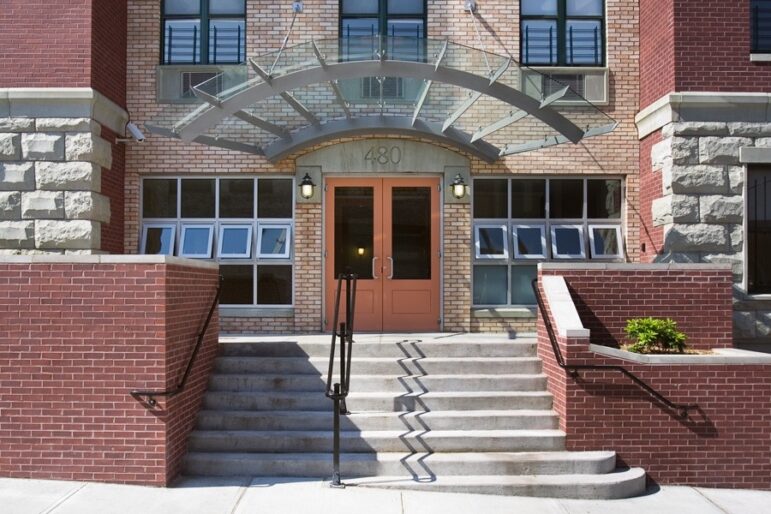

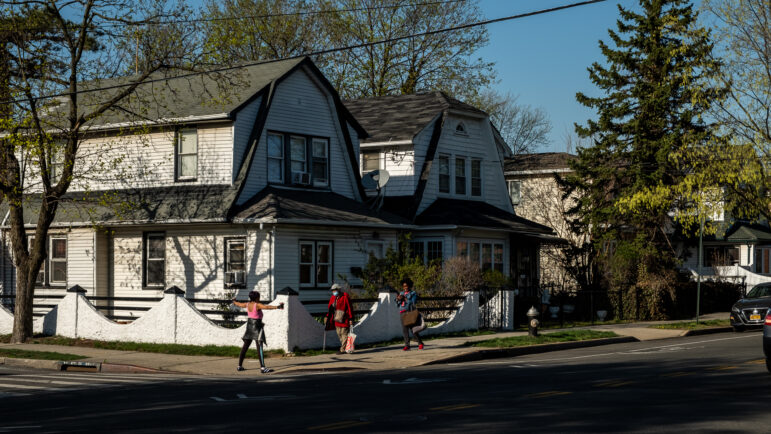
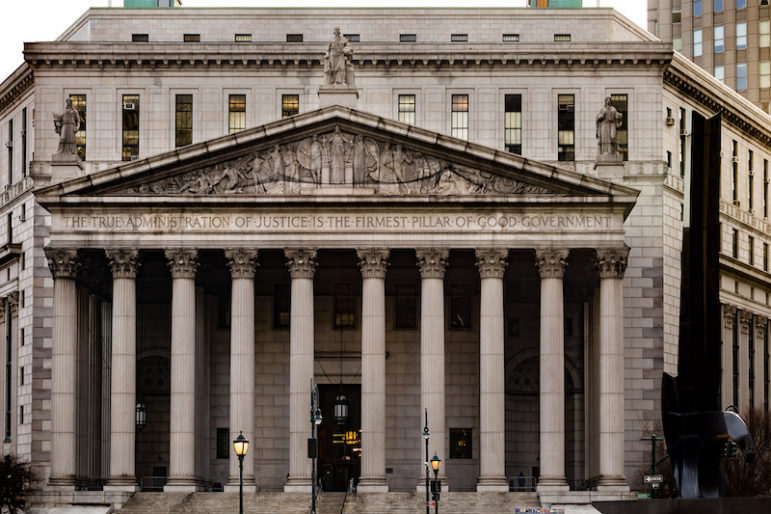
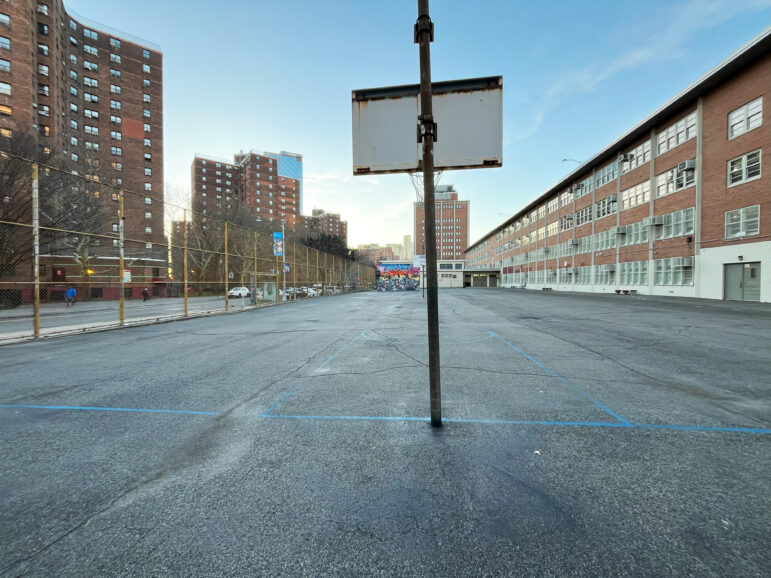


5 thoughts on “Affordable Housing: How Low Can de Blasio Go?”
I don’t see too many gentrified or wealthy neighborhoods wanting anything with very low income apartments.
It is great to see an article on ‘affordable housing’ honestly discuss the ongoing operating subsidy issue, but the fact remains that supplementing rents with federal or state funds still means that taxpayers are really paying the rent. Perhaps if we stopped using the euphemism ‘affordable’ and went back to saying ‘subsidized’ we could have more rational policy discussions.
That was the whole idea from day one. Affordable has always meant heavily subsidized.
Affordable housing is not affordable to a couple who work 40 hours a week at minimum wage. I am thankful everyday for my rent stabilized unit. I live on a 4th floor walk up and will live there til I die. I got mine in 1989 when Koch started making “real” affordable housing.
It is incredible how many people are venting against affordable AND subsidized housing in NYC when many of them are a paycheck away form being homeless themselves.Renting laws are becoming more and more irrelevant when deregulation is happening everyday and gentrified communities are pushing out tenants that have nowhere else to go, becoming a public policy issue. What is the outcome of this crisis? Are we going to become a city of wealthy and greedy residents and push out workers, tenants, disabled and seniors just because you don’t want your tax dollars to be used for that? Also generalizing about poor people being nuisances is truly discriminatory being that people of all backgrounds can be both great or terrible and in an unfair system nobody should be punished for being poor. New York; you disgust me. att. a strong housing advocate.